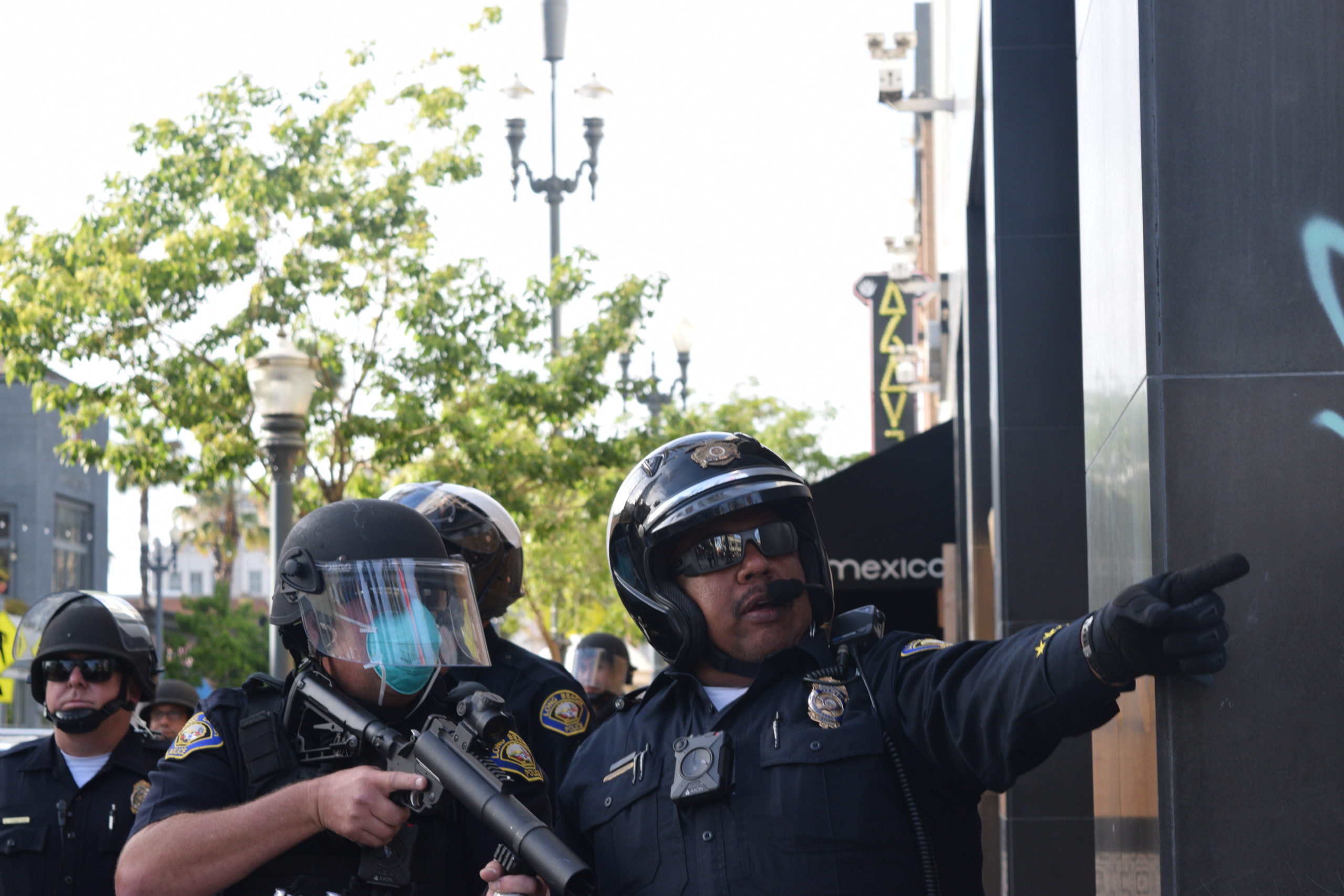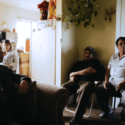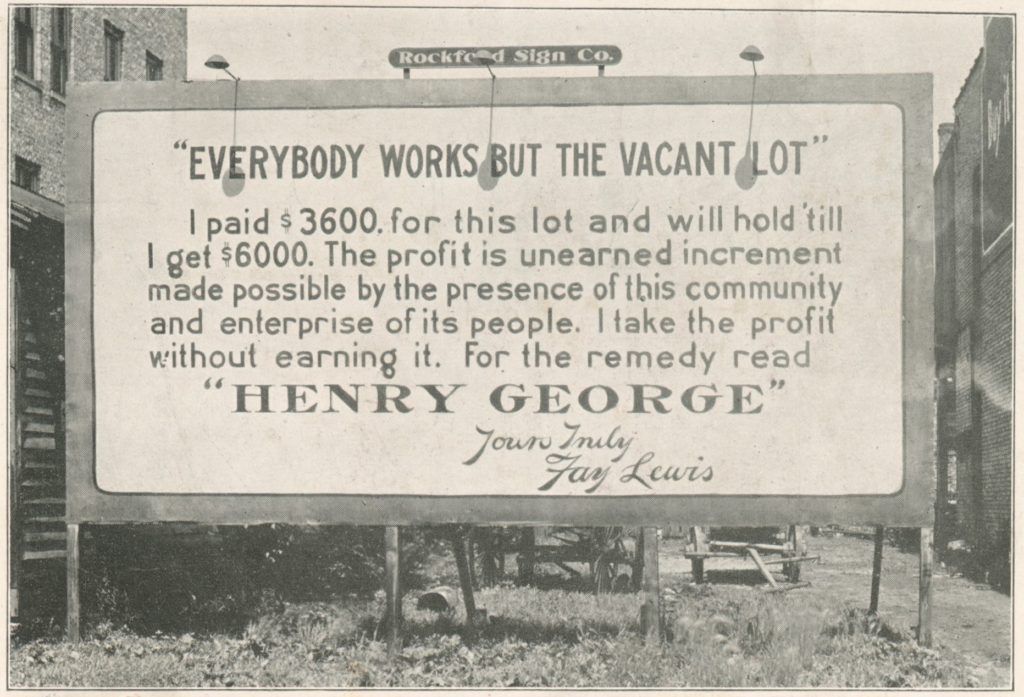LBPD Upset We’re Not Writing Nice Stories About Them; Refusing to Answer Questions About Costly Civil Lawsuits
14 minute readDespite paying out $31.5 million in taxpayer dollars to resolve lawsuits for alleged misconduct and civil rights violations in recent years, the Long Beach Police Department is refusing to say whether they learn anything from the outcomes of misconduct litigation.
On Sept. 3, I emailed five questions to the LBPD regarding whether the department collects and analyzes litigation data in ways that could inform the agency’s performance improvement efforts:
Does the department have a mechanism to initiate an internal investigation based on a civil claim?
Do civil litigation complaints and/or outcomes have any bearing on performance improvement measures (i.e. officer discipline, policy reviews)?
When determining if an officer should be promoted, does the department take into consideration any civil litigation in which the officer was found to have violated a person’s civil rights?
Does the department keep track of which officers are named in civil suits, what claims are alleged, the disposition of the cases, or the amount paid to resolve particular claims?
Will civil litigation data be used as part of the early intervention system that the department is currently developing?
I also asked how individual officers named in civil lawsuits are compensated for the time they spend on matters related to litigation and whether that pay is trackable:
When officers are named in a civil lawsuit, do they get paid for pretrial preparation and trial proceedings? If so, is that pay considered overtime and is there any way to track it?
The department responded via email that they would not be able to get back to me by my deadline the following Tuesday because of Labor Day holiday. I told them I would still welcome answers to the questions after the deadline and would be happy to update my story or write a follow-up piece. I received no response.
QUESTIONS RESUBMITTED
I resubmitted the questions via email on Nov. 8 with the intention of writing a follow-up piece to “The Financial Cost of Police Violence in Long Beach.” A few days later, LBPD spokesperson Arantxa Chavarria wrote in an email, “We are still gathering information regarding your inquiry. We’ll follow up with you early next week.”
In a phone call on Nov. 16, Chavarria and LBPD Administrator Karen Owens again assured me that answers to the questions were being prepared. But not before making vague accusations that “The Financial Cost of Police Violence” had an “anti-PD bias.” When asked to point to specific inaccuracies, they were unable to.
“Are you guys looking to only cover the negative stuff? I mean, I don’t see a lot of positives or things that our department has done that are, you know, just proactive enforcement, or that we’re leaders in something. It just seems like everything is all about the gotcha,” Chavarria said.
“Gotcha journalism” is commonly understood to be when deception or trickery is employed to coax statements that can be damaging to a person or an organization. “The Financial Cost of Police Violence” was based on an exhaustive analysis of publicly available court records and city payroll data that found that the LBPD almost never fires officers involved in killing or injuring civilians, even after a civil jury finds that the officers in question violated a person’s rights. We stand by that reporting.
As I explained to Chavarria and Owens during the call, our media organization is volunteer-run and has limited resources. For those reasons, we mainly focus on watchdog reporting and on issues we feel are not covered thoroughly enough by other local outlets.
“Are you open to presenting both sides?” Owens asked.
“I mean, I’m on this phone call with you,” I responded.
Our reporting is often driven by data and documents obtained via public records requests. We have never relied on press releases or special access to steer our stories. When possible, we strive to provide context to public records by reaching out to those who have direct knowledge about the subject matter, including the police department. We gave the LBPD over 48 hours to provide comment for the “The Financial Cost of Police Violence” but they chose not to respond.
Chavarria and Owens specifically took issue with our finding that some of the same officers involved in civil litigation went on to receive commendations from the Long Beach Police Foundation (LBPF), along with praise from elected officials.
One of the cases we highlighted was that of Officer Jason Kirk, who in September 2013 fired the fatal shots that killed John Del Real, a 39-year-old man who police alleged was carrying an aluminum bat. As a result, Kirk was named in a wrongful death lawsuit in April 2014.
Just two months after the lawsuit was filed, Kirk received a Distinguished Service Award from the LBPF—in association with the LBPD—for unrelated police work. The city would go on to settle the Del Real case for $650,000 in 2017.
“How is that award relevant to civil litigation?” Chavarria asked.
I explained to her during our phone conversation that it seemed like a strange and noteworthy practice to honor officers whose actions have been the subject of a civil rights lawsuit. Further, the public has a right to know the records of the employees the city is upholding as its best and brightest. After all, in what other job can you put your boss in costly legal jeopardy for putting a bullet in the back of someone’s head and a few months later still be up for an award?
“So that’s a bias right?” Chavarria asked.
“No, I mean, that’s just a pattern of facts,” I responded.
Nonetheless, the call ended with Owens saying they would provide me with the answers to the six questions I had sent them.
“We will try to make sure that we can get you all of the facts that we can and make sure that our perspective is conveyed to you so that we can at least have both sides,” she said.
But the next day, an LBPD spokesperson called with bad news: “The department will not be commenting at this time.”
No real reason was given for refusing to answer the questions, other than that the LBPD still did not approve of our previous story on police-related civil litigation.
The LBPD refusing to answer reasonable questions from the press about its self-improvement measures directly contradicts the city’s promise in its initial Framework for Reconciliation report to increase police transparency.
In a recent interview with Random Length News, former Councilmember Jeannine Pearce called out the LBPD for not being transparent enough about its efforts to reduce use of force incidents.
“Historically the city has tried to downplay the police use of force, gaslighting the community and telling them they do not understand the data or they have it wrong. […] Those numbers have gone down, and I’m very proud of that, but I wish that our [police] department was transparent and open enough to have honest conversations with the public about what they’re doing to reduce use of force,” she said.
Tomisin Oluwole
Dine with Me, 2022
Acrylic on canvas
36 x 24 inches
Click here to check out our interview with Tomisin Oluwole, a literary and visual artist based in Long Beach.

Instead of gunking up our site with ads, we use this space to display and promote the work of local artists.
CAN LITIGATION DATA HELP A POLICE DEPARTMENT IMPROVE?
So why are we asking the police department to tell us what they learn from civil litigation? Let’s start by comparing the four most common avenues for investigating police violence.
The first is LBPD’s Internal Affairs division, which investigates allegations and incidents that could involve misconduct, including citizen complaints.
“I know that our police department looks at each of these [police] shootings. They have their separate administrative review, and they’re looking to see what led to this, and what can we do to make sure that it doesn’t happen again. You know, what lessons can we learn to the best of our ability,” Principal Deputy City Attorney Howard Russell said during an interview in June.
But the police department’s internal review process is not without criticism. For example, The Long Beach Post reported that while all other police departments in LA county require an officer who shot a civilian to record an oral interview with investigators, the LBPD allows officers to submit a written statement that is edited by supervisors. This deviation from the norm has been characterized as a “cover-up” even though the LBPD has defended the practice as “the best way to get the most accurate” firsthand account about the incident.
Additionally, it has been reported that LBPD officers are rarely disciplined by the department after police shootings. And, as we reported in “The Financial Cost of Police Violence,” officers are virtually never fired for use-of-force incidents that later result in a large civil settlement or a jury judgement against the police.
The second avenue to investigate police misconduct is the Long Beach Citizen Police Complaint Commission, which ostensibly investigates officer misconduct but has been fraught with issues stemming from a lack of autonomy for decades, with its own members speaking out publicly about the commission’s toothlessness.
The third, only triggered in instances of a police shooting or an in-custody death, is when the Los Angeles County District Attorney’s Office steps in to investigate whether the incident merits criminal charges against an officer. But former LA County District Attorney Jackie Lacey—who held the top spot for eight years before being defeated in the November election—had been heavily criticized for having a cozy relationship with law enforcement agencies and unions.
She was denounced for failing to prosecute law enforcement officers who kill civilians in the line of duty—even in instances where law enforcement agencies indicated that charging an officer was appropriate.
But changes to how the DA’s office approaches police violence may be on the horizon. Lacey was defeated in November’s election by George Gascón, a former cop who also previously served as the District Attorney of San Francisco. Gascón has branded himself as a reformer and promised during his campaign to reopen four police shooting cases that Lacey declined to prosecute, including that of Hector Morejon, who was shot dead by LBPD Officer Jeffrey Meyer in 2015.
Finally, there’s civil court, where victims of police misconduct and brutality can sue the city for monetary damages. A plaintiff, usually represented by an attorney, can compel officers and witnesses to attend depositions and force the police department to divulge relevant documents, including officer disciplinary files, during the discovery phase of a trial.
Joanna C. Schwartz, a professor of law at the University of California, Los Angeles, has studied how police departments use civil litigation data to help inform policy and personnel decisions.
While she admits civil lawsuits can be “highly imperfect sources of information”—according to her they tend to underrepresent the harms to the plaintiff—they can still reveal important information about “the incidence and causes of misconduct.”
Schwartz wrote in a 2011 research paper titled “What Police Learn From Lawsuits,” that “even when incidents have previously come to a police department’s attention, the information developed during discovery and trial has been found to be richer than that available through internal channels.”
Yet, she found that only a handful of law enforcement agencies closely tracked civil litigation filed against its officers.
“The city attorney will defend the suit, any settlement or judgment will be paid out of the city’s coffer, and the department will not keep track of which officers were named, what claims were alleged, what evidence was amassed, what resolution was reached, or what amount was paid,” she wrote.
One exception is the LA County Sheriff’s Department, which is required to submit a corrective action plan to the county’s Board of Supervisors for every police misconduct case with a payout of over $20,000, including the steps the department will take to avoid similar cases in the future.
The plan must set out any policy or training issues raised by the case and steps the department will take to reduce the likelihood of future similar incidents, according to Schwartz.
Retired civil rights attorney Thomas Beck, who litigated against the LBPD over a dozen times in his 40-year career, said he believes that civil trials are “without a doubt” the most independent venues to investigate allegations of police misconduct and brutality.
However, Beck says historically the LBPD has paid little attention to the outcomes of civil lawsuits.
“Even when a civil trial brings out all the evidence that shows how corrupt the [internal police] investigation was, shows what evidence actually existed, [the police department] will not reopen the investigation. They will not discipline the cop,” Beck said in a July interview.
As an example, he pointed to the excessive force case brought against the LBPD by cousins Miguel Contreras, who Beck represented, and Miguel Vazquez. The case stemmed from a 2010 incident in which they were allegedly bludgeoned with batons by police and resulted in a million-dollar-plus post-trial settlement.
“I got a $1.25 million verdict. The sergeant named in the case [David M. Faris] was made a lieutenant and the officer [Michael G. Hynes] was made a sergeant. And none of these judgments showed up anywhere in their evaluation,” Beck said.
Another thing to understand is that officers who have been named in civil lawsuits become a liability to taxpayers. If an officer being sued has a record of being named in civil litigation, a plaintiff’s attorney can point to those previous cases as proof that an officer has a history of violence, increasing the likelihood of a payout. The more lawsuits stack up against an officer, the more of a liability they become.
One thing complicating tying officer discipline to civil litigation outcomes is that police misconduct cases often take years to resolve from the time the incident in question actually happened.
The state’s Public Safety Officers Procedural Bill of Rights Act (POBRA), signed into law in 1976 by Gov. Jerry Brown, requires law enforcement agencies to investigate any allegations of misconduct that could result in discipline of an officer within a year or else they must be dismissed.
However, there are exceptions. If a civil lawsuit is filed within a year of the incident, the law says that the one-year deadline to pursuit discipline is paused until the case is resolved. But as was the case with the Contreras and Vazquez lawsuit, many times civil claims are filed after the year-long statute of limitations runs out. That means that reopening the police’s internal investigation and disciplining the officer, even if new information comes to light during trial, is no longer an option.
While it remains unclear what bearing civil litigation has on officer promotions and discipline, the LBPD recently began to factor misconduct lawsuits into its efforts to proactively identify problem officers.
A few weeks after I first submitted my questions to the LBPD, Police Chief Robert Luna issued a special order laying out the department’s early intervention program, a system that tracks several performance indicators to help supervisors identify officers who are at risk of engaging in misconduct before it happens. The program had been in the works since at least the summer.
Among the performance indicators that the software will monitor are civil litigation and citizen complaints. Should these indicators deviate from the average of their colleagues, the special order states that a supervisor may conduct an employee review of that officer.
However, the policy does not specify what aspects of civil litigation would be tallied by the system.
With the city having shelled out millions of dollars in taxpayer funds to resolve police misconduct lawsuits, residents deserve as much transparency as possible about whether the LBPD is learning any lessons from these costly lawsuits.


 kevin@forthe.org
kevin@forthe.org @reporterkflores
@reporterkflores




